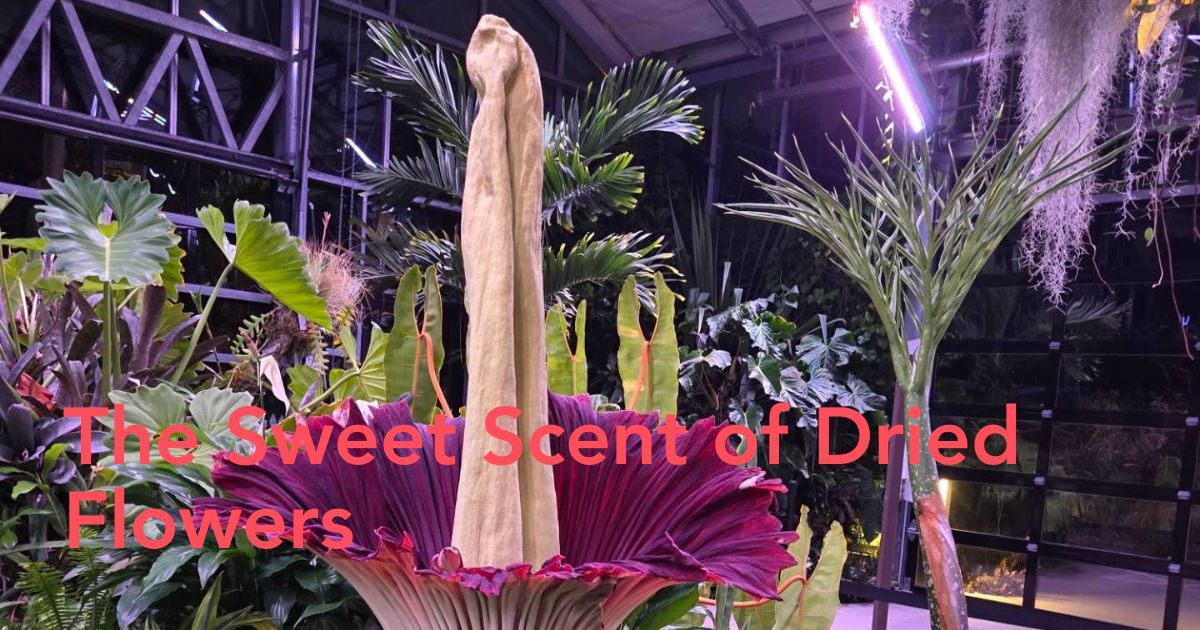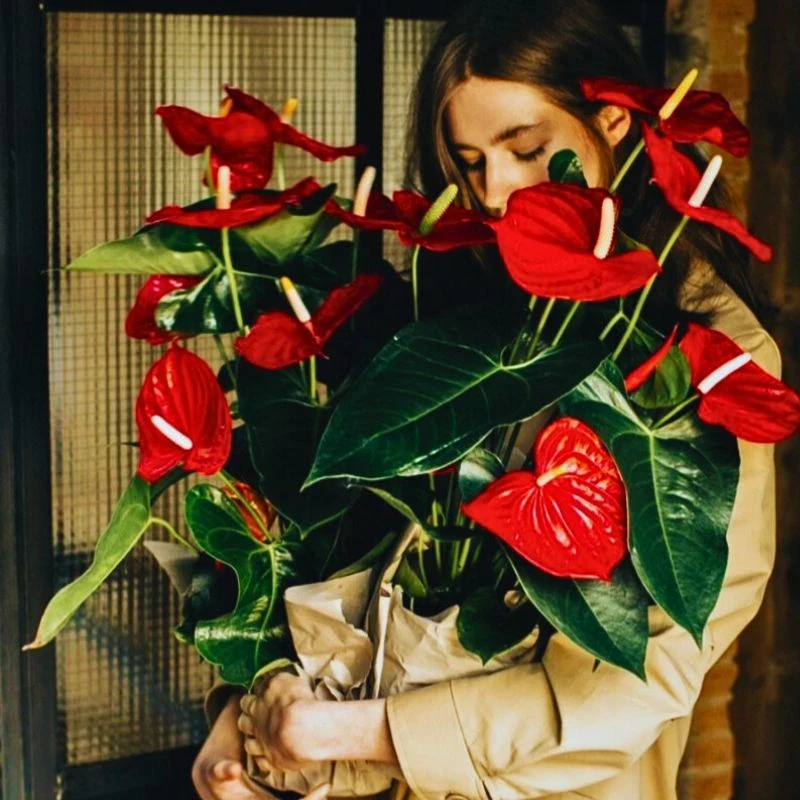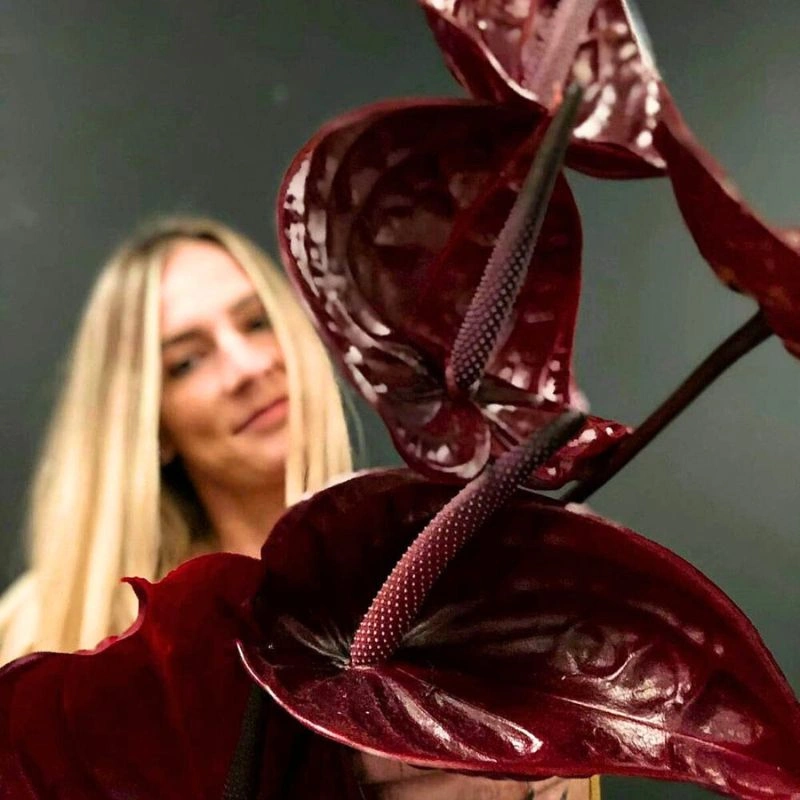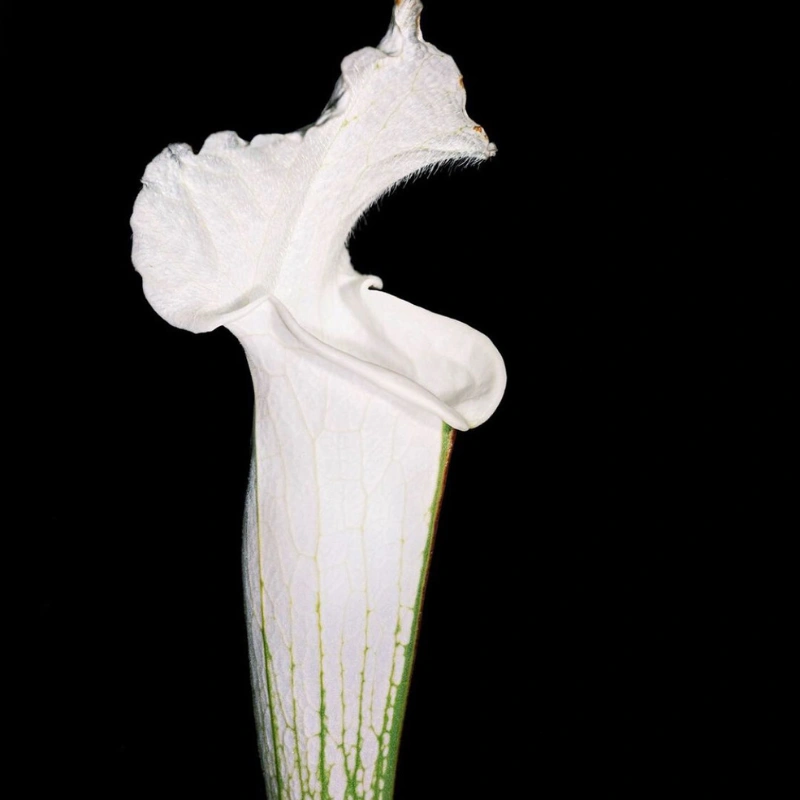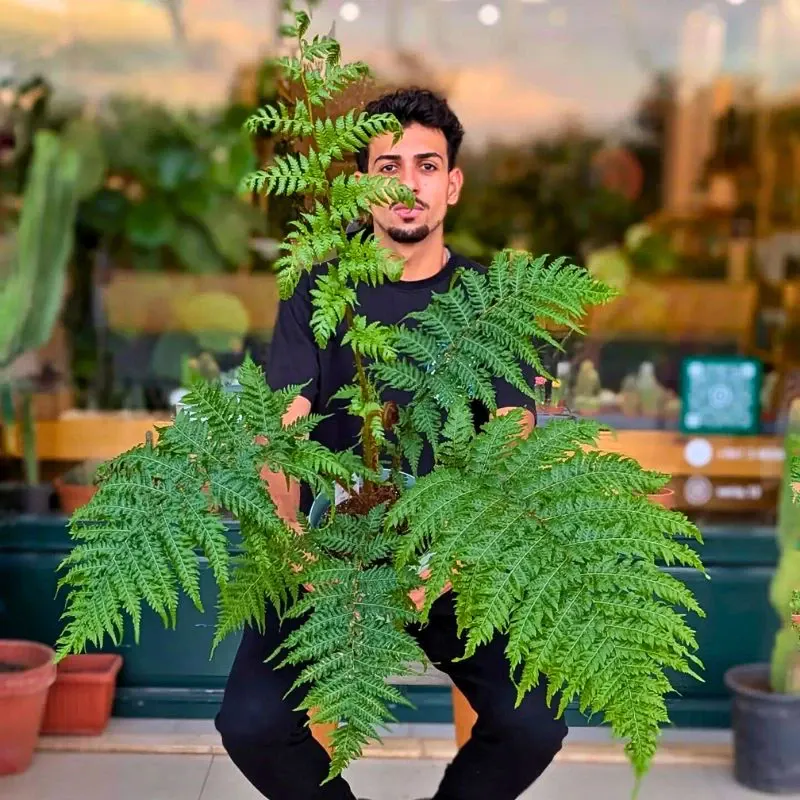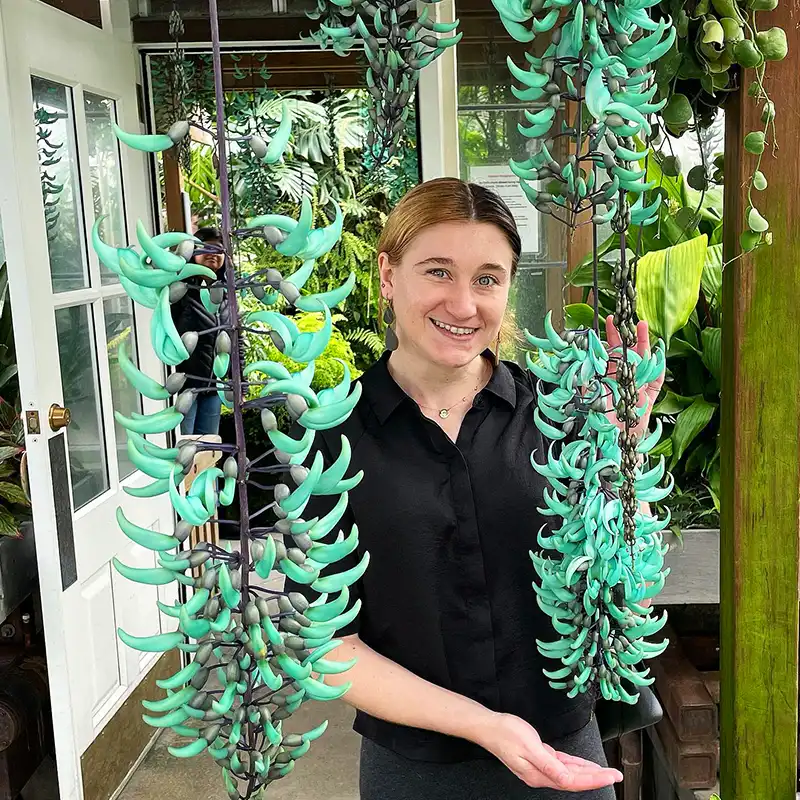There are more than 380,000 recognized plant species in the world: too many to see in a lifetime, but you can always try! Some are more significant than others: sometimes for their unique aesthetic value, sometimes for their rarity, and sometimes for their cultural significance.
Plant and flower lovers travel around the world every year to see their favorite species in their natural habitats. Such visits are important: many of these flowers are rare and are made even rarer by human activity. Endangered plant species are becoming extinct due to habitat loss and climate change, and seeing them in the real world can be eye-opening.
Traveling abroad and admiring unique flowers can inspire you to share your experiences with family and friends. To stay connected while exploring, we recommend using an eSIM app that provides inexpensive data plans for different countries. For example, if you're visiting Italy for the plants and flowers, an eSIM for Italy will allow you to access cheap internet and stay connected without having to buy a physical SIM card or connect to unsafe public Wi-Fi networks.
You may wonder, which flowers are particularly worth seeing in their natural habitat? Well, all of them, but if we have to choose a few, we choose these:
Lotus (Nelumbo Nucifera)
Where to find: southern India, Sri Lanka, Southeast Asia, New Guinea, Australia.
Lotus flowers are prized not only for their undeniable beauty but also for their cultural significance. They are sacred in Hinduism and Buddhism and are important symbols of the path to spiritual enlightenment. Ancient South Asian literature references lotus flowers; they represent purity, fairness, and tenderness.

Lotus flowers grow on river floodplains, and today, they can be found in southern India, Sri Lanka, Southeast Asia, New Guinea, and even Australia. Such widespread distribution is most likely due to human interference.
Lotuses are distinctive because of the way they grow. They can often be seen “floating” on the surface of the water, and the contrast between the delicate petals and the murky water is eye-catching. Lotuses, of course, do not float but are rooted in the mud below.
India and Vietnam treat the lotus as their national flower, so we recommend a visit if you want to see these beautiful sacred flowers.
Ghost Orchid (Dendrophylax Lindenii)
Where to find: Florida, the Bahamas, Cuba.
Ghost orchids are also known as palm pollies and white frog orchids, and even their name attracts attention, not to mention their appearance. They are leafless and ghostly white, and their most distinctive feature is their lower petals, which have long tendrils that make the flower resemble a frog or perhaps a white spider.
Ghost orchids are native to Florida, the Bahamas, and Cuba, and if you want to see them in their natural habitat – it might be difficult. They're endangered in the wild, and it's estimated that there are only 1,500 plants left in Florida alone.
Blue Passionflower (Passiflora Caerulea)
Where to see: parts of South America.
Blue (or common) passionflowers are native to South America and are the national flower of Paraguay, so if you travel there, you're sure to observe these distinctive round flowers with greenish-yellow stamens and purple stigmas that protrude above a crown of blue or purple filaments.
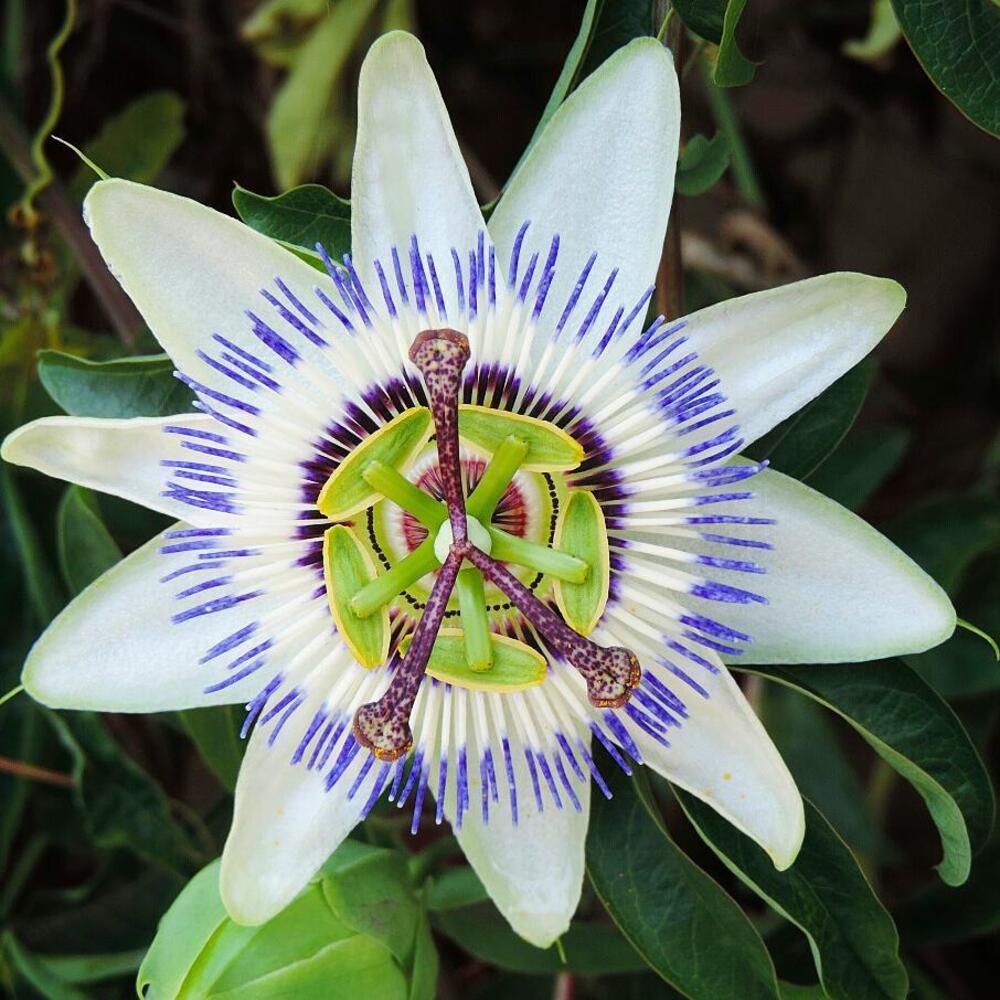
Blue passionflowers are important to South American cultures and are known to local people and indigenous tribes for their medicinal properties. The edible fruits are used to make herbal teas, syrups, drinks, and more. If you visit South America – try the local passionfruit and other delicacies!
Lily of the valley (Convallaria Majalis)
Where to find: Northern Hemisphere – Europe, Asia, Northern America (American variety).
You don't have to travel to the most isolated corners of the Earth to see beautiful and unique flowers, and the lily of the valley is proof of that. It's native to the Asian and European continents, specifically their parts in the Northern Hemisphere. The variety Convallaria majalis var. montana is native to North America.
The lily of the valley is well known for its beautiful white (rarely pink), bell-shaped flowers. Five to fifteen such flowers can grow on a stem. These gorgeous, delicate flowers are brides’ favorite and are often featured in bridal bouquets.
Note: The entire lily of the valley plant, including its red berries, is highly poisonous to humans and animals. If you encounter such a plant, do not, under any circumstances, allow children or animals to play with it or eat it.
In the very popular TV series Breaking Bad, lily of the valley berries were featured as an effective poison.
Anthurium (Anthurium)
Where to find: parts of both Americas.
Anthurium plants are known by many names: tailflower, flamingo flower, pigtail plant, etc. They all describe the same unique genus of plants found in the Americas, especially in Mexico, Argentina, and the Caribbean.
Anthurium is a genus that ranks above species and includes more than a thousand species of flowering plants, so there's no single accurate description that covers them all. However, they're all poisonous, so use caution when enjoying them and do so from a distance. They're also a bad choice of houseplants if you have pets because they’re toxic to cats and dogs. It's also important to keep them away from small children who might eat them.
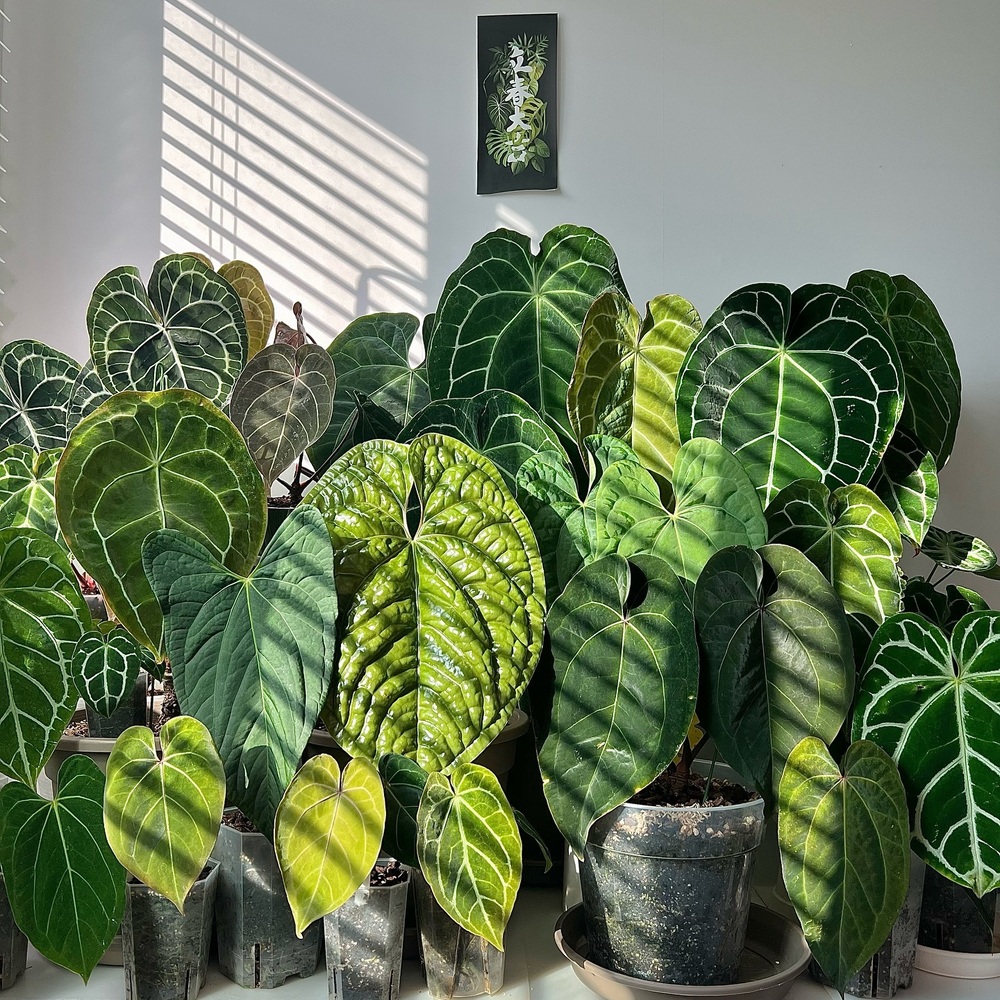
Corpse Flower (Amorphophallus Titanum)
Where to find: rainforests in Sumatra.
The corpse flower, which is the common name for titan arum, is known for different properties than most plants. It's not conventionally pretty and doesn't produce tasty fruits. It's all about the smell, which is infamously foul.
Titan arum flowers bloom for a short period, so to compensate and attract pollinators, they emit a strong, unpleasant (to humans) smell of rotting flesh. Hence, the name: corpse flower. Titan arum is pollinated by insects that feed on dead animals and use the cadavers to lay eggs, so the odor is a clever strategy.
The Latin name comes from ancient Greek. Amorphos means “without form, misshapen,” and titan means “a giant.” It's a rather peculiar but fitting name for a large, elongated plant.
Jade Vine (Strongylodon Macrobotrys)
Where to find: Philippines.
Jade vine (a.k.a. emerald vine) is a beautiful, unique plant endemic to the Philippines, used for its ornamental qualities. It's known for its turquoise or green-blue claw-like flowers that hang down and form vibrant cascades unlike any other.
Jade vines grow in the ravines and forests of the Philippines and need a tropical environment to thrive. Outside their natural habitat, they can be found in tropical botanical gardens, where they're provided with high temperatures.
The flowers are edible and are eaten as a vegetable by the inhabitants of the island of Luzon in the Philippines.

